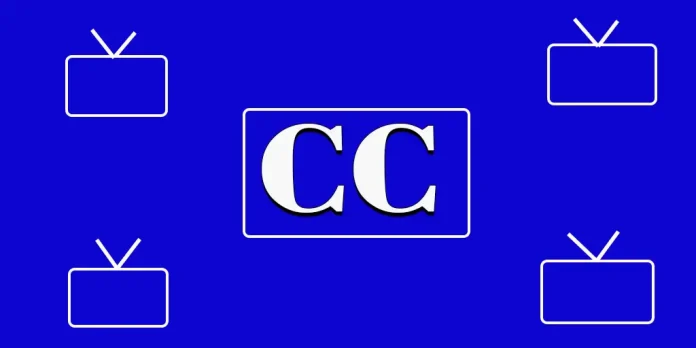The Origin of Closed Captions
In the analogue television era, subtitles were superimposed on the video and could not be switched off. Television programmes in newspapers often contained notes about scheduled subtitled programmes, indicating to viewers that they were available. In some countries, attempts were made to subtitle video using a separate broadcast channel that carried the subtitles, but due to the complexity of implementation, television sets capable of supporting such a scheme were not widespread.
With the advent of computers and the digitisation of media files, subtitles began to be stored as separate files synchronised with the video. This innovation allowed users to switch subtitles on and off at will, first on computers, then on CDs and DVDs, and later on televisions with digital tuners. A CC button appeared on remote controls, which could be used to call up subtitles on demand.
The ability to ‘hide’ subtitles led to the concept of closed captioning: subtitles that are embedded in the video but need to be activated for them to appear.
Understanding the Difference Between Closed Captions and Subtitles
When watching TV, you may notice that there are closed captions instead of subtitles. Although both are used to display text on the screen, their purpose and function are exactly the same, for some reason it is believed that closed captioning, in addition to dialogue, also displays the sounds that occur in the film and play a significant role, such as a song or the sound of rain. In fact it is not so, I do not know who came up with this interpretation of the CC, but it originated in the United States and in most other countries if you say in colloquial speech closed captioning you will not be understood.
Closed captioning has become a slang term in the US, and there’s no point in looking for a difference between subtitles and closed captioning, there simply isn’t one.





